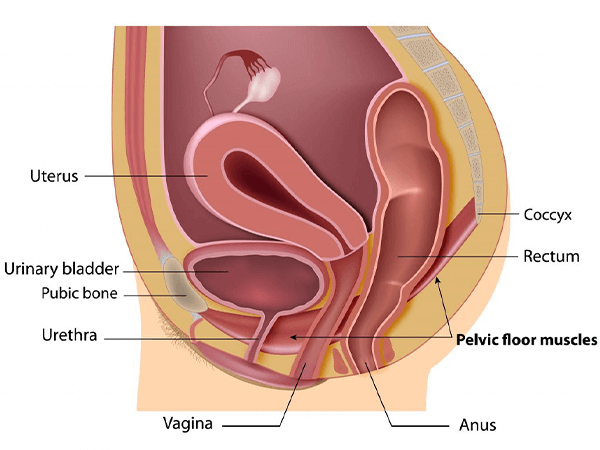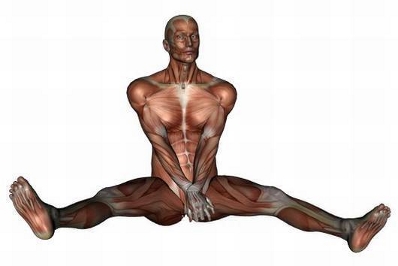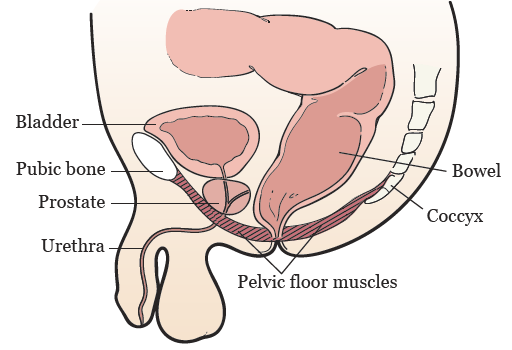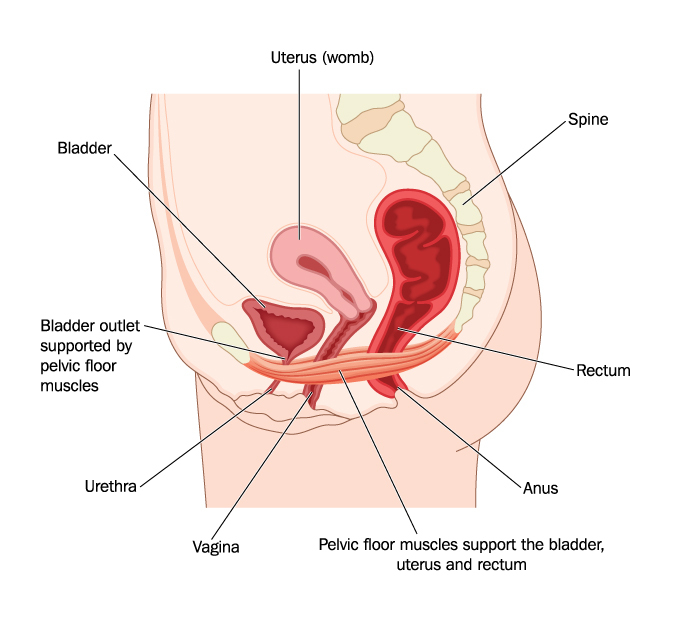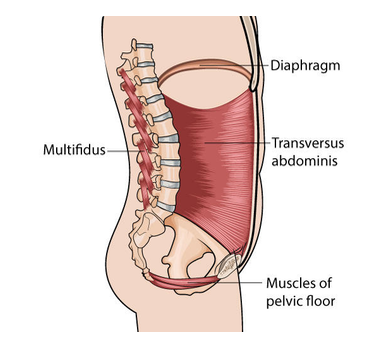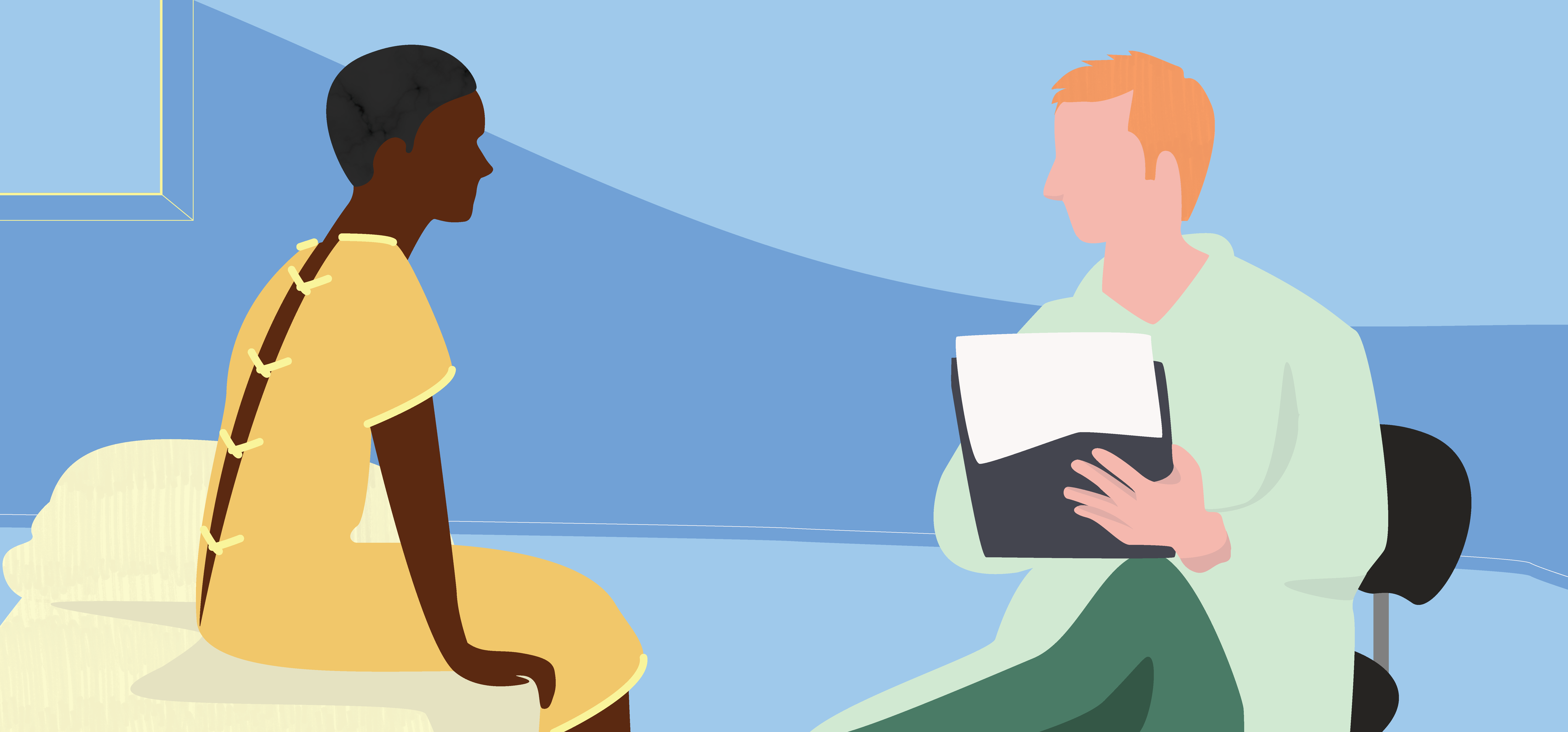They can begin in early childhood as a general discomfort and as the condition develops the symptoms intensify into more severe pain and incontinence issues.
Tight pelvic floor muscles symptoms male.
Retention of urine.
But it turns out that having overly tight or hypertonic pelvic floor muscles is an issue spoken about a lot less often even though it s equally important and comes with a whole other set of.
They are like a hammock.
Frequent or urgent urination.
Symptoms include constipation straining to defecate having urine or stool leakage and experiencing a frequent need to pee.
Some people have weak pelvic floor muscles from an early age whilst others notice problems after certain life stages such as pregnancy childbirth or menopause.
Pelvic floor problems can occur when the pelvic floor muscles are stretched weakened or too tight.
That means the pelvic floor muscles are too tight.
Pelvic floor dysfunction in men pelvic floor dysfunction in men is often diagnosed as prostatitis.
Because these are muscles just like other muscles in the body they can get weak or tight or sore.
It is important to understand that pelvic floor dysfunction can occur whether prostatitis is present or not.
Pelvic floor dysfunction is the inability to correctly relax and coordinate your pelvic floor muscles to have a bowel movement.
Many people with pelvic pain have pelvic floor dysfunction but specifically hypertonic muscles or muscles that are too tight.
So many people talk about the need to tighten and strengthen the pelvic floor that it might seem strange to consider that muscles can be too tight.
Difficulty holding urine or bowel contents.
Levator ani syndrome is a type of nonrelaxing pelvic floor dysfunction.
When muscles stay tight they get painful.
The muscles ligaments and tissues of the pelvic floor support the bladder rectum and sexual organs.
When the supportive structures weaken or become especially tight doctors describe it as.
What is pelvic floor muscle tightness.
The symptoms associated with tight pelvic floor muscles often appear gradually.
Stress bacteria and or inflammation can cause the pelvic floor muscles to elicit a protective response tightening of the muscles to protect against the stressor.
The pelvic floor muscles are a group of muscles that attach to the front back and sides of the bottom of the pelvis and sacrum.
What happens when things go wrong with the pelvic floor.




